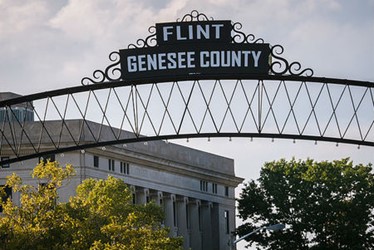New Flint Crisis Details Emerge

By Sara Jerome,
@sarmje

The Flint lead crisis began in 2014, but all these years later, revelations continue to surface.
Daugherty Johnson, former Flint utilities administrator, offered new insight into Flint’s water issues to Genesee District Court Judge Jennifer Manley on November 6. The occasion was the preliminary examinations for four current and former state environmental officials.
The new details are that “the city bought into the Karengnondi Water Authority (KWA) with millions of dollars it borrowed to clean up a lime-sludge lagoon, and state officials knew about the scheme,” according to Michigan Live.
Johnson explained, according to the report, “that the city had reached its borrowing limit as it faced a deadline about whether to join the KWA and take part in a massive water pipeline project.”
Flint’s lead crisis, which left hundreds of children with high blood lead levels, followed the city’s switch from the Detroit water supply to Flint River water. When Flint changed sources, it became responsible for its own treatment processes. When Flint served up river water between April 2014 and October 2015, it was an attempt to limit its financial output while a KWA pipeline was being built.
Former Flint Mayor Dayne Walling spoke to the same judge on November 13. Walling stated the says “the state alone is responsible for having connected the city's water system to the Flint River, a shift that triggered the water crisis here,” MLive reported.
“Walling -- as officials have stated since -- said he did not know emergency managers in Flint would go on to make separate decisions that led to the city using the Flint River as its source of drinking water until the KWA pipeline was put into service,” MLive reported.
After the crisis came to light, the state provided bottled water, but that support eventually stopped.
“The state provided free bottled water for two years, until April. And now, after switching back to the original water supply, the state once again says the tap water is safe to drink,” NPR recently reported.
Image credit: "20161004-FNS-LSC-0039," U.S. Department of Agriculture, 2016. Public Domain: https://creativecommons.org/publicdomain/mark/1.0/
